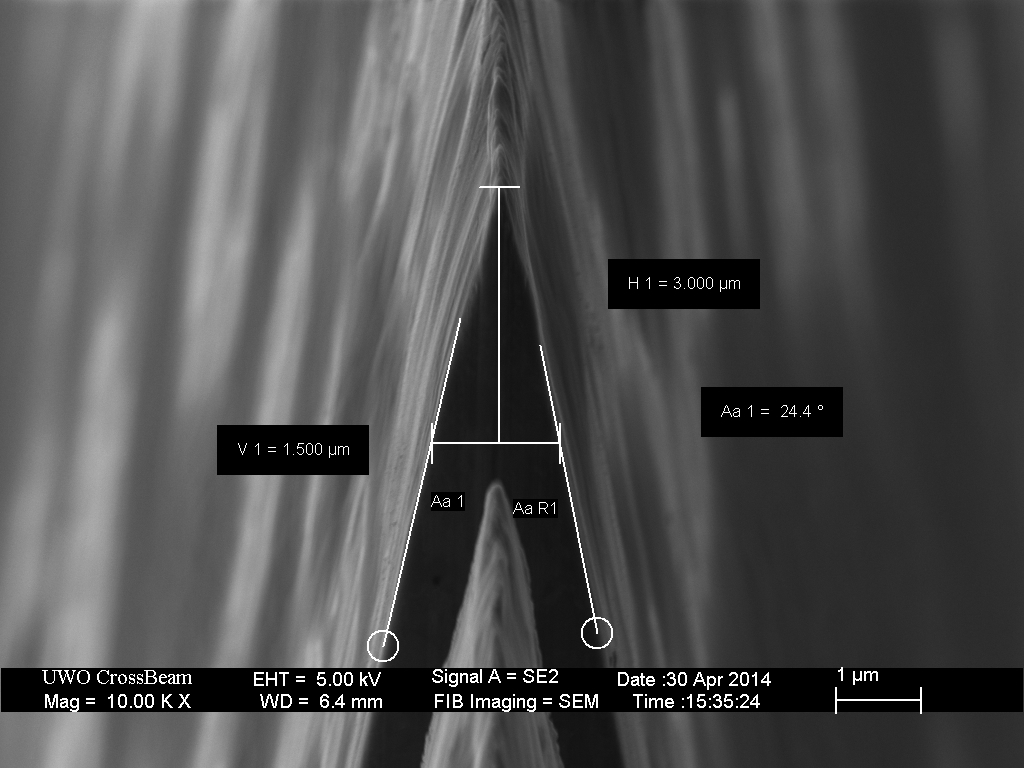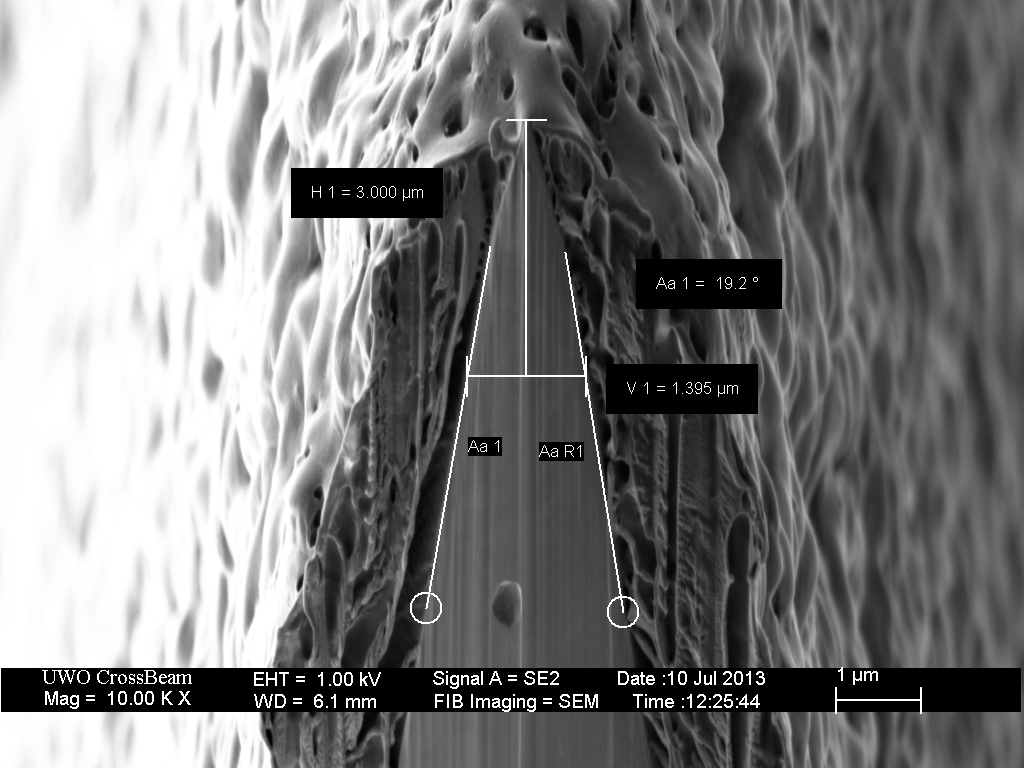A question that I has arisen in my mind over some time is the question of the Razor Blade Bevel Angle, not referring to shaving angle or anything like that, but just the angle at which the blade is sharpened. I have seen very little discussion regarding this on B&B and I really only found one other thread and it was pretty limited. Bevel angle of blades?.
The reason I am interested in this is just like a bevel angle on a knife has a vast impact on how sharp a knife feels and how durable a knife blade edge is. For example, a kitchen knife is often sharpened at 20 degrees to generate a very sharp knife to cut vegetables etc. However, a pocket knife is often sharpened closer to 25 degrees to generate a sharp, but not as sharp as the kitchen knife, but a much more durable edge.
Of course the steel and heat treatment of the blade material is very important as well, but the angle at which it is sharpened I believe have a lot of correlation to sharpness/dullness, comfortable/rough and the longevity of the blade. If anyone has some information regarding this it would be appreciated. Has anyone done any measurements? The thread that I linked above had a few blades with angles.
My general hypothesis is that the sharper blades have more of an acute angle, which also makes it feel a bit rougher and not have the durability. Also the reverse that a more obtuse sharpening angle there is less sharpness, but better longevity.
Let me know your thoughts.
The reason I am interested in this is just like a bevel angle on a knife has a vast impact on how sharp a knife feels and how durable a knife blade edge is. For example, a kitchen knife is often sharpened at 20 degrees to generate a very sharp knife to cut vegetables etc. However, a pocket knife is often sharpened closer to 25 degrees to generate a sharp, but not as sharp as the kitchen knife, but a much more durable edge.
Of course the steel and heat treatment of the blade material is very important as well, but the angle at which it is sharpened I believe have a lot of correlation to sharpness/dullness, comfortable/rough and the longevity of the blade. If anyone has some information regarding this it would be appreciated. Has anyone done any measurements? The thread that I linked above had a few blades with angles.
My general hypothesis is that the sharper blades have more of an acute angle, which also makes it feel a bit rougher and not have the durability. Also the reverse that a more obtuse sharpening angle there is less sharpness, but better longevity.
Let me know your thoughts.


